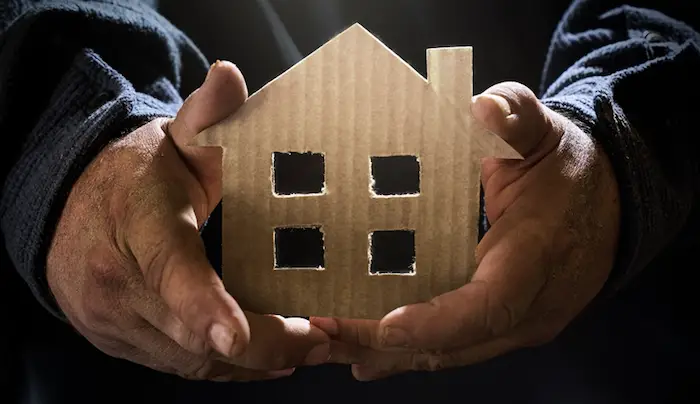
Changing homes, cities, or even states is a routine part of life in the United States. In a country with high levels of domestic migration and a culture that embraces changing residences, moving companies play a key role. For example, Moving and Storage Boston offers relocation and storage services — in high demand amid the constant internal mobility. But why is moving such a common phenomenon specifically in the U.S.?
The answer lies in historical traditions, the structure of the labor and housing markets, and the broader culture of American society. This article analyzes the main reasons for frequent moves, supported by data and sociological research.
How It All Began: A Bit of History
Since its founding, the United States has developed as a nation on the move. From colonial expansion and the Gold Rush to the building of railroads and the postwar suburban boom, Americans have always seen relocation as a path to opportunity. Internal migration in the United States has long been the norm, not the exception. Moving stopped being a source of stress — it became a step forward.
Why Do Americans Move? The Key Reasons
-
Housing
Housing is one of the main drivers. People look for better living conditions, safer neighborhoods, or more affordable options — especially as rent prices in major cities continue to rise. According to the U.S. Census Bureau (2022), nearly one-third of all moves are related to housing needs.
-
Family and Personal Circumstances
Life events are another powerful factor. Marriage, divorce, caring for aging parents, or wanting to be closer to children — all of these prompt people to relocate.
-
Work and Employment
Job changes have traditionally driven mobility: new roles, layoffs, or starting a career in a different city. But the pandemic brought remote work into the mainstream, allowing people to live where they want. This gave rise to a new wave of relocation in the U.S., especially to small towns offering a high quality of life.
-
Financial Pressures
Economic reasons for moving have become increasingly visible in recent years. High taxes, rising rent, and cost of living push people to relocate. Every year, tens of thousands leave California and New York for more affordable states like Texas, Florida, and Nevada.
-
Climate and Environment
A less obvious but growing reason is the climate. Wildfires in the West, hurricanes in the East, and extreme winters are making safety and stability a central concern when choosing where to live.

What the Data Says
According to the U.S. Census Bureau (2023), over 26 million people in the U.S. moved last year — about 8% of the population. While lower than the levels seen in the 1990s, this is still much higher than in most European countries. In France and Germany, for instance, annual internal migration rates rarely exceed 4–5%.
A separate Pew Research Center study (2021) found that 23% of Americans have moved across state lines at least twice, and another 37% have lived outside their hometowns at least once — clear evidence of high domestic mobility.
Why Is Moving Less Common in Other Countries?
In countries with strong family ties and cultural traditions — like Italy, Japan, or Poland — people are more likely to stay close to relatives. These places also have stable rental markets and government support for young families. As a result, moving is more of an exception than a norm.
In the U.S., the opposite is true: a culture of individualism, a flexible housing market, a mobile labor force, and fewer long-term commitments all contribute to frequent relocations.
How COVID-19 Changed the Landscape
The pandemic triggered a new wave of relocation. Millions of Americans left expensive metro areas, seizing the chance to work remotely. This sparked a reorientation of urban life — with people flocking to suburbs, small towns, and “Zoom towns” like Boulder (Colorado) or Austin (Texas). It not only reshaped the geography of housing demand but also raised concerns about infrastructure and services in growing regions.
Moving as Part of American Identity
In the U.S., moving isn’t just logistics — it’s a symbol of change, growth, and new beginnings. It reflects a lifestyle in which a home isn’t necessarily permanent, but rather adapts to a person’s life path and goals. That’s why U.S. population mobility is more than a statistic — it’s a part of American culture.

